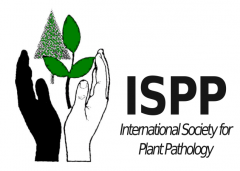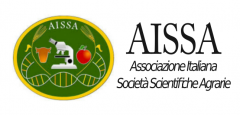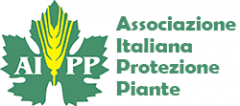Errata corrige
VV AA
doi: 10.4454/jpp.v99i2.3905
Abstract:
In the article published in the Journal of Plant Pathology 92, Supplement, S1.35-S1.48, 2010
MINIREVIEW
XYLELLA FASTIDIOSA: ITS BIOLOGY, DIAGNOSIS, CONTROL AND RISKS
J.D. Janse1 and A. Obradovic2
1 Department of Laboratory Methods and Diagnostics, Dutch General Inspection Service, PO Box 1115, 8300 BC Emmeloord, The Netherlands
2 Plant Pathology Department, University of Belgrade, Serbia
The source of Fig. 2B was unintentionally misquoted. The correct reference is the following:
Leite B., Ishida M.L., Alves E., Carrer H., Pascholati S.F., Kitajima E.W., 2002. Genomics and Xray microanalysis indicate that Ca++ and thiol mediate the Xylella fastidiosa aggregation and adhesion. Brazilian Journal of Medical and Biological Research 35: 645-650.
The legend of Fig. 2 is as reported below:
Fig. 2. A. Cells of X. fastidiosa in biofilms polarly attached on the cuticle of foregut (source: A. Almeira) B. Cells of X. fastidiosa in xylem vessels (source: B. Leite et al., 2012). C. The glassywinged sharpshooter Homalodisca vitripennis (formerly H. coagulata), a vector of Xylella fastidiosa (source: http://www.apsnet.org/bookstoretitles/EPPCD/Images/3-14.htm). D. Philaenus spumarius (meadow spittle bug) a potential vector of X. fastidiosa, occurring in Europe (source: EPPO).




